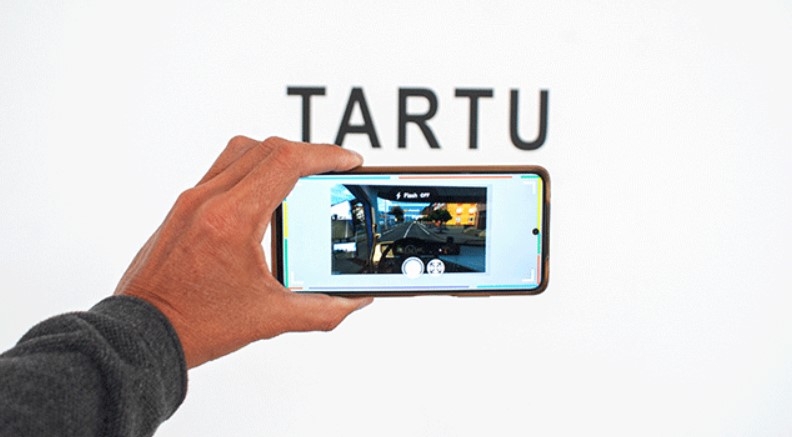Martin Buschmann (b. 1980) received his master’s degree in 2021 at the Estonian Academy of Arts in the curriculum of Contemporary Art. Before that he completed his studies in the department of Photography. He has been engaged in researching issues of equality in his work, although lately his focus has been on the interpretation of photography and its use in virtual environments. He has had personal exhibitions in Draakon Gallery and Positiiv gallery. His latest projects could be highlighted as “Narrow World” and “Dok.Photo 2020”. His articles have been published in the magazine Positiiv and the weekly newspaper Sirp.
Reimo Võsa-Tangsoo (b. 1976) received his master’s degree in the photography department of the Estonian Academy of Arts in 2011 and has been working there since 2003. The focus of his art is often interaction, politics and the question of the relationship between reality and virtuality. He has had a series of solo exhibitions in Tallinn, Tartu and Greifswald, Germany. The latest projects could be highlighted as “[ 1 | 2 ],” “Immediate Gratification,” “Test System 1.1 / There’s Nothing to See Here,” “Nostalgia / Desires,” and “…As Close to the Bone as I Could Get, and to Hell with the Consequences…”
Based on the thoughts of Johan Huizinga, the game can be summarised with the following characteristics:
Play is a voluntary activity that stands outside the “normal”/”real” and is not a “serious thing”.
Despite this, players are completely absorbed in the game.
The game is not about material gain.
The game has temporal and spatial boundaries, has set rules and is played in orderly fashion.
The game creates opportunities for social situations and in the process groups can form, which are often surrounded by mystery.
The defining elements of the game he proposed should be (and probably are) valid regardless of the type of game. A computer/video game should be subject to the same rules as tag, chess, snakes and ladders, soccer, or whatever game we are traditionally used to think of as a game. At the same time, one could conclude from this description that play is something very different from work for example. While both have certain similarities, the benefit aspect is perhaps the most obvious difference.
One possible problem arises in the modern situation precisely with this line of thought of benefiting. There are a number of games that are played professionally – it’s crucial to work consistently to get better at game. In professional sports, income is earned just for achieving a certain result in a tournament. Some card games are categorised as games of chance where people can win (or lose) large sums, etc. In the case of computer games a similar industry exists and there are people who play one or another computer game at a professional level. Such a situation seems clear and understandable, and in this context, perhaps we should no longer talk about the game for the sake of the game, but about the game as a kind of work.
But there is another way to earn money while playing – there are content creators whose streamed gaming sessions bring thousands of viewers to their screens, and where payment can be direct (the channel pays the player) or indirect (there are many and different models). It’s a strange twilight zone where we can no longer confidently claim that this or that game is played as work, while that playing is consumed as entertainment. There are also a number of games where digital assets created or obtained by players can be bought and sold. As long as it’s done for in-game money, it’s still a game. But when real money starts changing hands, the question arises again, is it still a game? And then there is the gamification of various (work) situations, which I would not like to stop at the moment.
There is one characteristic aspect of the game that also emerges from Huizinga’s discussion – it is a matter of reality. The game is not real, the player enters the game-reality and accepts the abstraction that surrounds him. This abstraction and simplification is mostly a part of or results from the “playing field” and the rules. This simplification does not trouble the player. It can be said that there are situations where simplification helps the player to get involved in the game, and excessive realism can “throw” the player out of the game. This is especially noticeable in computer games, where excessive efforts at realism can result in experiencing an uncanny valley. When talking about work and play in comparison, there is something fundamental about the difference between the realities. Taking driving a truck as an example, in a computer game the final score may depend on your inadequate driving, in the real world, disobeying the rules has much more serious consequences.
Reimo Võsa-Tangsoo




